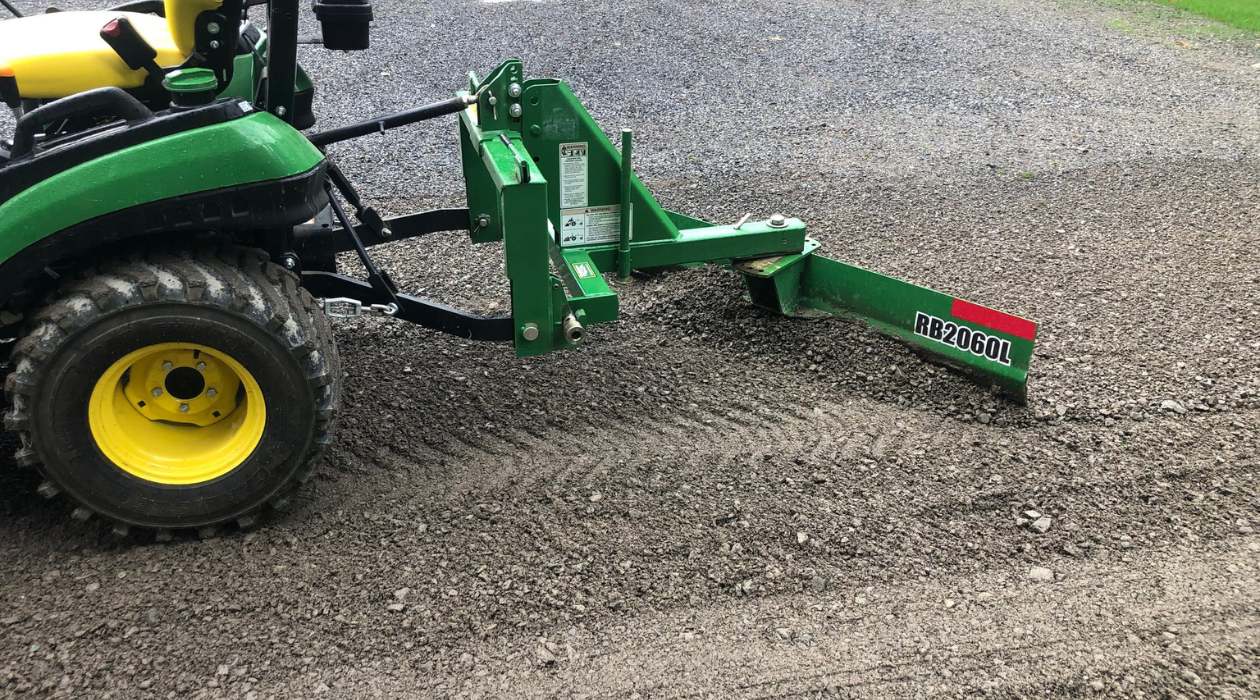

Articles
How To Use A Box Blade On A Gravel Driveway
Modified: February 27, 2024
Learn how to effectively use a box blade on your gravel driveway with our informative articles. Enhance the functionality and appearance of your driveway today!
(Many of the links in this article redirect to a specific reviewed product. Your purchase of these products through affiliate links helps to generate commission for Storables.com, at no extra cost. Learn more)
Introduction
A gravel driveway is a popular choice for many homeowners due to its affordability, durability, and rustic charm. However, over time, the gravel may become uneven or develop potholes, making it less functional and visually appealing. This is where a box blade can come to the rescue.
In this article, we will explore how to use a box blade on a gravel driveway to level the surface and enhance its overall condition. Whether you’re a seasoned DIY enthusiast or a beginner looking to tackle driveway maintenance projects, this guide will provide you with the essential steps and tips to effectively use a box blade.
But before we delve into the nitty-gritty of using a box blade, let’s first understand what exactly a box blade is and how it can benefit your gravel driveway.
Key Takeaways:
- Using a box blade on a gravel driveway offers benefits such as improved drainage, enhanced traction, and cost-effective maintenance. It provides a practical and efficient solution for leveling and maintaining the driveway’s condition.
- Prioritizing safety, proper maintenance, and following manufacturer’s guidelines are crucial when using a box blade. By taking necessary precautions and maintaining the equipment, you can ensure a safe and effective gravel driveway maintenance process.
Read more: How To Maintain Gravel Driveway
What is a Box Blade?
A box blade, also known as a box scraper or tractor grader, is a versatile attachment for tractors that is commonly used in landscaping and construction projects. It consists of a sturdy metal frame with blades or teeth at the bottom, which can be adjusted to different angles and depths.
The purpose of a box blade is to scrape, cut, and level the surface of the ground. It is particularly useful for maintaining gravel driveways, as it can remove excess material, fill in low spots, and create a smooth and even surface.
Box blades come in various sizes and configurations, with different numbers and arrangements of blades. Some box blades have replaceable scarifiers or rippers that can break up compacted soil or hard surfaces, while others may have built-in water tanks for adding weight to the attachment.
The versatility and effectiveness of a box blade make it an essential tool for anyone looking to maintain their gravel driveway or tackle other earthmoving tasks. It allows for precise control and adjustment, making it suitable for both rough grading and finishing work.
Now that we have a better understanding of what a box blade is, let’s explore the benefits of using this attachment on a gravel driveway.
Benefits of Using a Box Blade on a Gravel Driveway
Using a box blade on a gravel driveway offers numerous benefits that can greatly improve the condition and functionality of your driveway. Here are some key advantages:
- Leveling: Over time, gravel driveways can develop uneven areas and potholes due to heavy usage, weather conditions, or natural settling. A box blade can effectively level out these problem areas, ensuring a smooth and even surface for vehicles to drive on.
- Improved Drainage: If your gravel driveway is prone to pooling water or lacks proper drainage, a box blade can help address this issue. By redistributing the gravel and creating slopes that promote water runoff, it can significantly improve the drainage of the driveway, preventing water from pooling and causing erosion.
- Enhanced Traction: A box blade can also enhance traction on your gravel driveway. By leveling out any uneven or loose gravel, it creates a stable and secure surface for vehicles to drive on, reducing the risk of slipping or getting stuck.
- Cost-Effective Maintenance: Regularly using a box blade on your gravel driveway can save you money in the long run. By proactively addressing any issues such as potholes or uneven surfaces, you can prevent more extensive damage that may require costly repairs or resurfacing.
- Time-Saving: The efficient and precise nature of a box blade allows you to quickly and easily maintain your gravel driveway. With minimal effort, you can achieve a leveled and well-maintained driveway, saving you time and energy compared to manual leveling methods.
- Versatility: While primarily used for gravel driveways, a box blade can also be utilized for other landscaping projects such as creating or maintaining gravel paths, clearing snow, or moving dirt. Its versatility makes it a valuable tool to have in your equipment arsenal.
By utilizing a box blade on your gravel driveway, you can enjoy these benefits and ensure that your driveway remains in top condition. Now that we understand the advantages, let’s move on to the steps involved in preparing the gravel driveway for box blade use.
Preparing the Gravel Driveway for Box Blade Use
Before you can begin using a box blade on your gravel driveway, it’s essential to prepare the surface to ensure optimal results. Here are the steps to follow:
- Clean the Driveway: Remove any debris, such as branches, leaves, or large rocks, from the surface of the driveway. This will prevent them from interfering with the box blade’s performance and potentially causing damage to the attachment or your tractor.
- Inspect the Driveway: Take a close look at the driveway and identify any problem areas, such as potholes, ruts, or areas with excessive gravel buildup. Make a note of these areas as you will specifically target them during the box blade leveling process.
- Fill in Potholes and Ruts: Using a shovel or rake, fill in any potholes or deep ruts with additional gravel. Ensure that the added gravel is firmly packed down to create a solid and even surface.
- Remove Excess Gravel: If you notice areas where there is an excessive buildup of gravel, use a rake or shovel to redistribute it to other parts of the driveway. Aim to maintain a consistent thickness of gravel throughout the entire surface.
- Water the Driveway: It can be beneficial to lightly moisten the surface of the gravel driveway before using the box blade. This helps to compact the gravel and makes it easier for the box blade to level the surface effectively.
- Mark Obstacles: Take note of any obstacles along the driveway, such as drainage pipes or curbs, and mark their locations. This will help you avoid accidentally damaging them while using the box blade.
- Secure Loose Gravel: Check for any loose or unstable gravel and rake or compact it to create a firm base. Loose gravel can impede the leveling process, so it’s important to ensure that the surface is stable.
By following these steps, you can adequately prepare your gravel driveway for box blade use. Once the surface is ready, the next step is to attach the box blade to your tractor. Let’s explore that process in the next section.
Attaching the Box Blade to a Tractor
Once you have prepared your gravel driveway, it’s time to attach the box blade to your tractor. Follow these steps to ensure a secure and proper attachment:
- Select the Right Hitch: Determine the type of hitch on your tractor and choose a box blade that is compatible with that hitch. Common hitch types include a three-point hitch or a quick-hitch system. Ensure that the box blade you have is designed to connect to your tractor’s hitch.
- Position the Tractor and Box Blade: Park the tractor on a flat and level surface near the gravel driveway. Position the box blade directly behind the tractor, making sure it aligns with the tractor’s hitch point.
- Lower the Hitch Arms: Use the tractor’s hydraulic system to lower the hitch arms or implement hitch. Ensure that the arms are at their lowest position before attempting to attach the box blade.
- Align the Hitch Points: Align the hitch points on the box blade with the tractor’s hitch points. Ensure that they are properly matched up to ensure a secure connection.
- Attach the Box Blade: With the hitch points aligned, slide the box blade’s hitch pins into the tractor’s hitch points. Make sure the hitch pins are inserted securely and that any locking mechanisms are engaged.
- Verify the Attachment is Secure: Give the box blade a gentle shake or tug to ensure it is properly attached and doesn’t move or wobble. If there is any looseness, double-check the hitch pins and latches to ensure they are fully engaged.
- Check Hydraulics: Once the box blade is securely attached, check that the tractor’s hydraulic system is functioning correctly. Ensure that the hydraulic control arms can be operated smoothly and that they can raise and lower the box blade as needed.
By following these steps, you can safely and securely attach the box blade to your tractor. With the attachment in place, the next step is to adjust the height and angle of the box blade to achieve the desired leveling effect for your gravel driveway. Let’s explore that process next.
When using a box blade on a gravel driveway, start with the scarifiers raised to avoid digging too deep. Gradually lower them to achieve the desired depth for leveling.
Read more: How To Plow A Gravel Driveway
Adjusting the Box Blade Height and Angle
Properly adjusting the height and angle of the box blade is crucial for achieving effective leveling on your gravel driveway. Here’s how to make the necessary adjustments:
- Start with the Height Adjustment: Raise the hitch arms of the tractor using the hydraulic control, lifting the box blade off the ground. Gradually lower the box blade until the blades or teeth come into contact with the gravel surface. Aim for a depth of about 1-2 inches initially.
- Check for Ground Contact: Once the box blade is lowered, look behind the tractor to ensure that all the blades or teeth are making good contact with the gravel surface. Adjust the height as necessary to ensure an even and consistent level of contact across the entire width of the box blade.
- Adjust the Angle: The angle of the box blade plays a role in how the gravel is distributed and leveled. Depending on the condition of your driveway, you may want to angle the box blade slightly to the left or right. This can help redistribute excess gravel and fill in low spots. Use the hydraulic control to adjust the angle accordingly.
- Leveling Technique: When using the box blade, it is generally most effective to drive forward in a straight line, allowing the box blade to level the gravel as it passes over it. Adjust the speed of your tractor and the hydraulic control as needed to achieve the desired leveling effect.
- Make Incremental Adjustments: It’s important to note that leveling a gravel driveway with a box blade is an iterative process. Start with conservative adjustments and make incremental changes to the height and angle as you observe the results. Continue making passes over the driveway until you achieve the desired level and smoothness.
- Observe the Surface: Regularly stop and visually inspect the surface of the driveway to assess the leveling progress. Look for any remaining low spots or areas with an excessive amount of gravel, and make further adjustments as needed to achieve a smooth and even surface.
By following these steps, you can effectively adjust the height and angle of the box blade to achieve optimal leveling on your gravel driveway. Once the driveway is leveled, it’s important to maintain the box blade and ensure its longevity. Let’s discuss how to properly maintain the box blade in the next section.
Using the Box Blade to Level the Gravel Driveway
Now that you have prepared your gravel driveway, attached the box blade to your tractor, and made the necessary adjustments, it’s time to start using the box blade to level the surface. Follow these steps to effectively utilize the box blade:
- Start Slowly: Begin by driving the tractor slowly and steadily over the gravel driveway. This allows the box blade to scrape the surface and level out any uneven areas. It’s important to maintain a consistent and controlled speed to achieve an even distribution of gravel.
- Observe and Adjust: As you make passes over the driveway, closely observe the results and adjust the hydraulic controls as needed. If you notice areas that require more leveling or areas where there is an excess of gravel, make slight adjustments to the height and angle of the box blade to address these issues.
- Overlap Passes: To ensure thorough leveling of the driveway, overlap each pass slightly with the previous one. This helps to distribute the gravel evenly and fill in any gaps or low spots that may have been missed in previous passes.
- Work in Sections: If your gravel driveway is large, it may be more efficient to work in sections. Divide the driveway into manageable portions and focus on leveling one section at a time. This allows you to concentrate on achieving a smooth and even surface without feeling overwhelmed.
- Take Breaks: Leveling a gravel driveway with a box blade can be a physically demanding task. Remember to take breaks when needed, especially if you’re exerting a lot of effort. Hydrate adequately and listen to your body to prevent fatigue or strain.
- Inspect and Make Final Adjustments: Once you have made several passes over the gravel driveway, stop and take a closer look at the surface. Check for any remaining low spots, areas with excessive gravel buildup, or other imperfections. Make final adjustments to the box blade height and angle to address these issues.
By following these steps, you can effectively use the box blade to level your gravel driveway. However, it’s important to note that safety should always be a priority. Let’s explore some crucial safety precautions to keep in mind while using a box blade.
Maintaining the Box Blade
To ensure the longevity and optimal performance of your box blade, it’s important to perform regular maintenance. By following these maintenance tips, you can keep your box blade in good condition:
- Inspect the Blades and Teeth: Regularly inspect the blades or teeth of the box blade for any signs of wear, damage, or dullness. Replace any worn or damaged blades to maintain efficient leveling and avoid potential issues during operation.
- Keep the Box Blade Clean: After each use, clean the box blade to remove any dirt, debris, or gravel that may have accumulated. This helps prevent corrosion and keeps the blades sharp. Use a wire brush or scraper to remove stubborn debris, and rinse the box blade with water to ensure it is thoroughly clean.
- Lubricate Moving Parts: Apply lubrication to the moving parts of the box blade, such as the pivot points and hitch pins, to reduce friction and prevent rust. Use a penetrating oil or grease as recommended by the manufacturer to ensure smooth operation.
- Check for Loose Bolts or Nuts: Regularly inspect all bolts and nuts on the box blade and ensure they are tight and secure. Loose bolts can affect the performance of the attachment and pose a safety risk. Tighten any loose bolts using the appropriate tools.
- Store Properly: When not in use, store the box blade in a dry and covered area to protect it from the elements. If possible, hang the box blade on a wall or use a storage stand to keep it off the ground and prevent any potential damage.
- Follow Manufacturer Recommendations: Lastly, always refer to the manufacturer’s instructions and recommendations for specific maintenance guidelines for your box blade model. They may provide additional tips or procedures to ensure the proper care and maintenance of the attachment.
By following these maintenance practices, you can extend the lifespan of your box blade and ensure optimal performance each time you use it. Now that we’ve discussed maintaining the box blade, let’s move on to some important safety precautions to keep in mind while using it.
Safety Precautions while Using a Box Blade
When using a box blade on your gravel driveway, it’s essential to prioritize safety to prevent accidents and injuries. Here are some important safety precautions to keep in mind:
- Wear Personal Protective Equipment (PPE): Always wear the appropriate Personal Protective Equipment, including safety goggles or glasses, protective gloves, and sturdy footwear. This will help protect you from potential hazards such as flying debris or sharp objects.
- Read and Follow the Operator’s Manual: Familiarize yourself with the manufacturer’s instructions and safety guidelines outlined in the operator’s manual for both the tractor and the box blade. Understand the proper operation, controls, and limitations of the equipment before use.
- Clear the Work Area: Before starting the box blade, clear the work area of any bystanders, pets, or obstacles. This will reduce the risk of accidents and ensure a safe working environment.
- Secure Loose Clothing and Hair: Avoid wearing loose clothing or jewelry that could get caught in the box blade or tractor. Tie back long hair and secure any loose items to minimize the risk of entanglement.
- Stay Aware of Your Surroundings: Maintain awareness of your surroundings at all times while operating the box blade. Watch for overhead obstacles, including power lines or tree branches, and avoid operating near ditches, slopes, or uneven terrain that may pose a tipping or stability hazard.
- Avoid Excessive Speed: Operate the tractor at a safe and controlled speed. Avoid sudden starts or stops that could potentially dislodge the box blade or cause loss of control. Maintain a pace that allows you to maintain control and make precise adjustments as needed.
- Use Caution when Backing Up: Exercise caution when backing up with the box blade attached. Ensure that the area is clear of any obstacles or individuals and use mirrors or a spotter to aid in your visibility.
- Do Not Carry Passengers: Never allow anyone to ride on the box blade or tractor while it is in operation. The equipment is designed for single-person operation only.
- Perform Regular Maintenance: Regularly inspect and maintain the box blade and tractor according to the manufacturer’s recommendations. This includes checking hydraulic systems, ensuring proper tire pressure, and addressing any necessary repairs or replacements.
- Stop the Engine Before Performing Maintenance: Before performing any maintenance or adjustments on the box blade or tractor, ensure that the engine is turned off and all moving parts have come to a complete stop. This will prevent accidental activation or injury.
Always prioritize safety when using a box blade on your gravel driveway. By following these safety precautions and exercising caution, you can minimize the risk of accidents and ensure a safe working environment.+
Now that we have discussed the safety precautions, let’s conclude this article.
Read more: How To Seal A Gravel Driveway
Conclusion
Using a box blade on your gravel driveway is a practical and efficient way to level the surface, improve drainage, and maintain its overall condition. By following the steps outlined in this article, you can successfully use a box blade to achieve a smooth and even driveway.
We started by understanding what a box blade is and the benefits it offers for gravel driveway maintenance. We then explored the process of preparing the driveway, attaching the box blade to a tractor, and adjusting the height and angle of the attachment. We discussed using the box blade to level the gravel driveway and provided tips on maintaining and ensuring the longevity of the box blade.
Furthermore, we emphasized the importance of safety throughout the entire process. By prioritizing safety precautions such as wearing appropriate personal protective equipment, clearing the work area, and operating the equipment at a safe speed, you can ensure a safe and accident-free experience.
While using a box blade on a gravel driveway can be a physically demanding task, the results are well worth the effort. Not only will your driveway benefit from a smooth and level surface, but you will also save time and money by proactively maintaining its condition.
Remember to regularly inspect and maintain both the box blade and tractor to ensure optimal performance. Always refer to the manufacturer’s instructions and safety guidelines for specific recommendations and procedures.
With these insights and knowledge, you are well-equipped to utilize a box blade on your gravel driveway effectively. So roll up your sleeves, power up the tractor, and enjoy a beautifully leveled and maintained gravel driveway!
Frequently Asked Questions about How To Use A Box Blade On A Gravel Driveway
Was this page helpful?
At Storables.com, we guarantee accurate and reliable information. Our content, validated by Expert Board Contributors, is crafted following stringent Editorial Policies. We're committed to providing you with well-researched, expert-backed insights for all your informational needs.


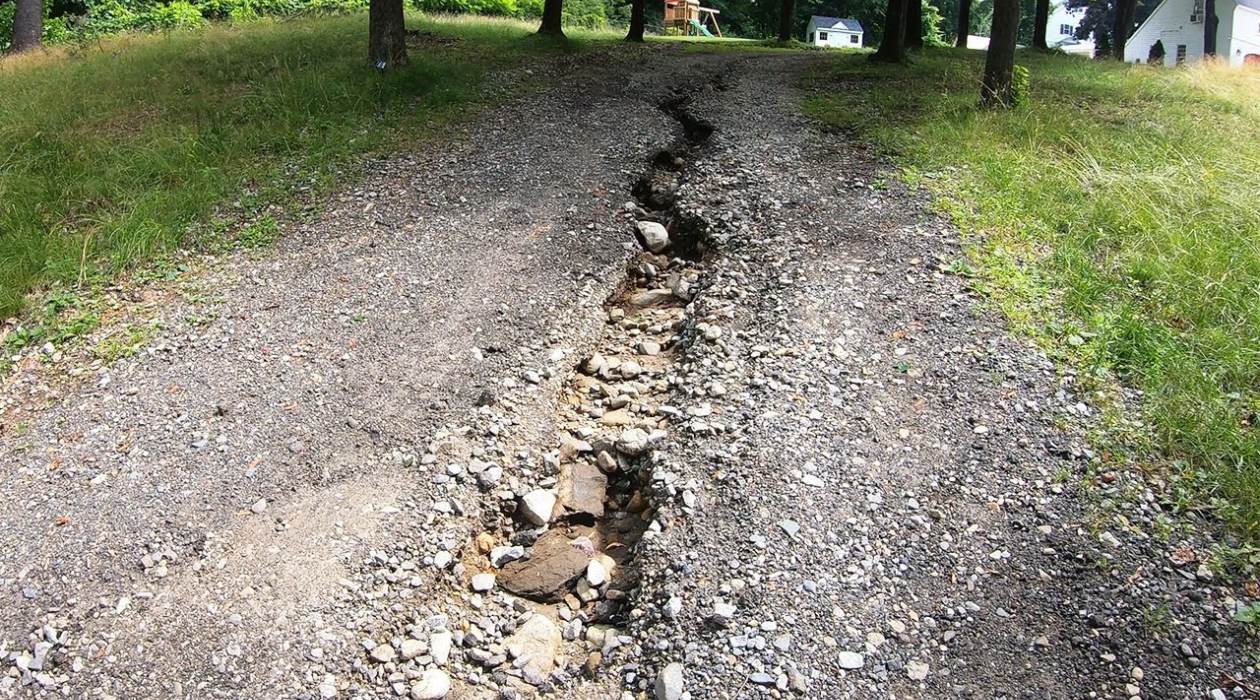
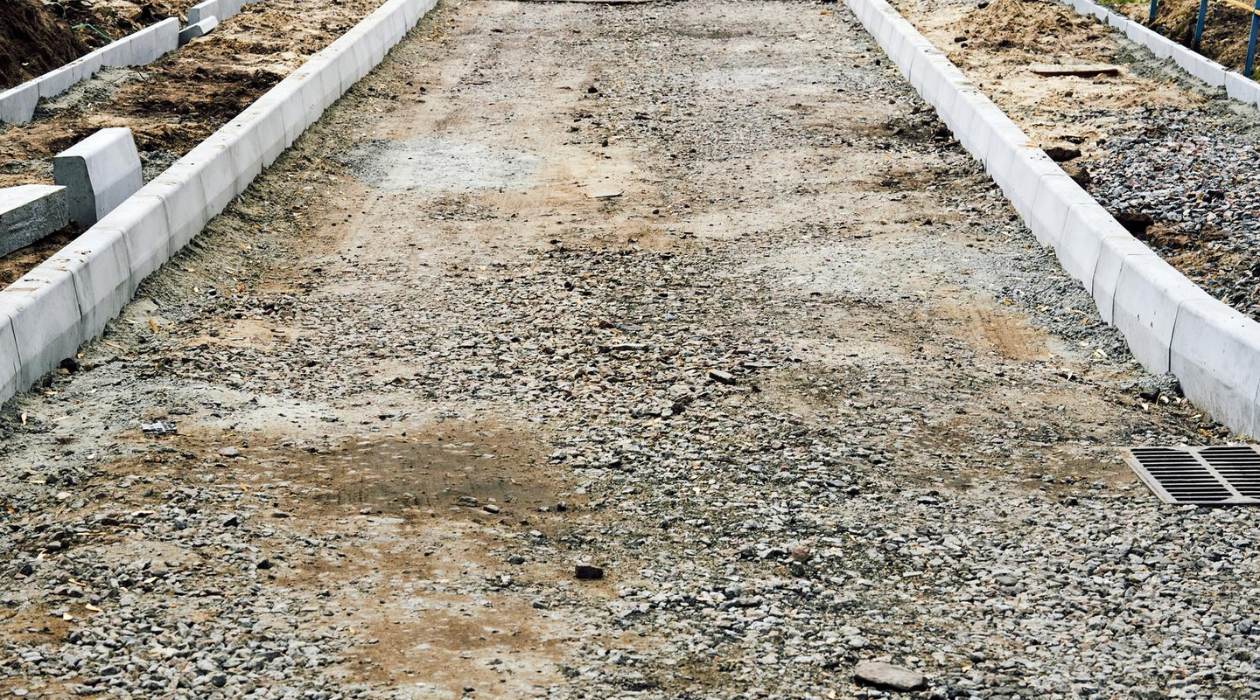
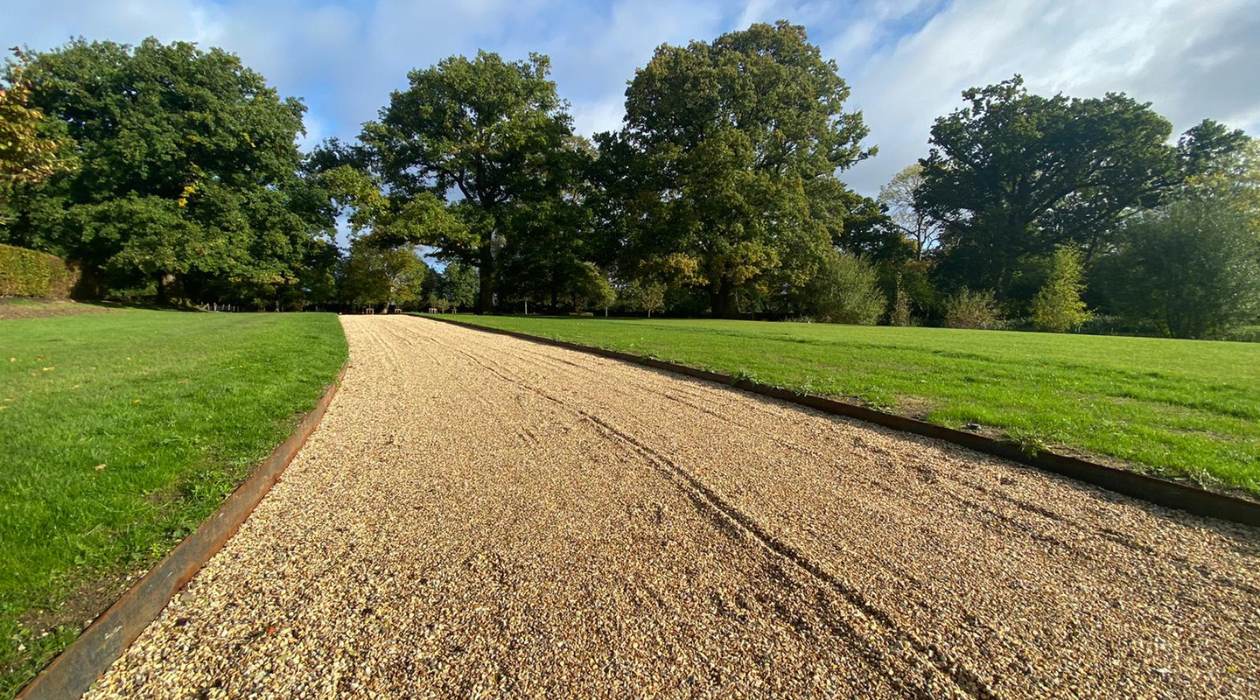
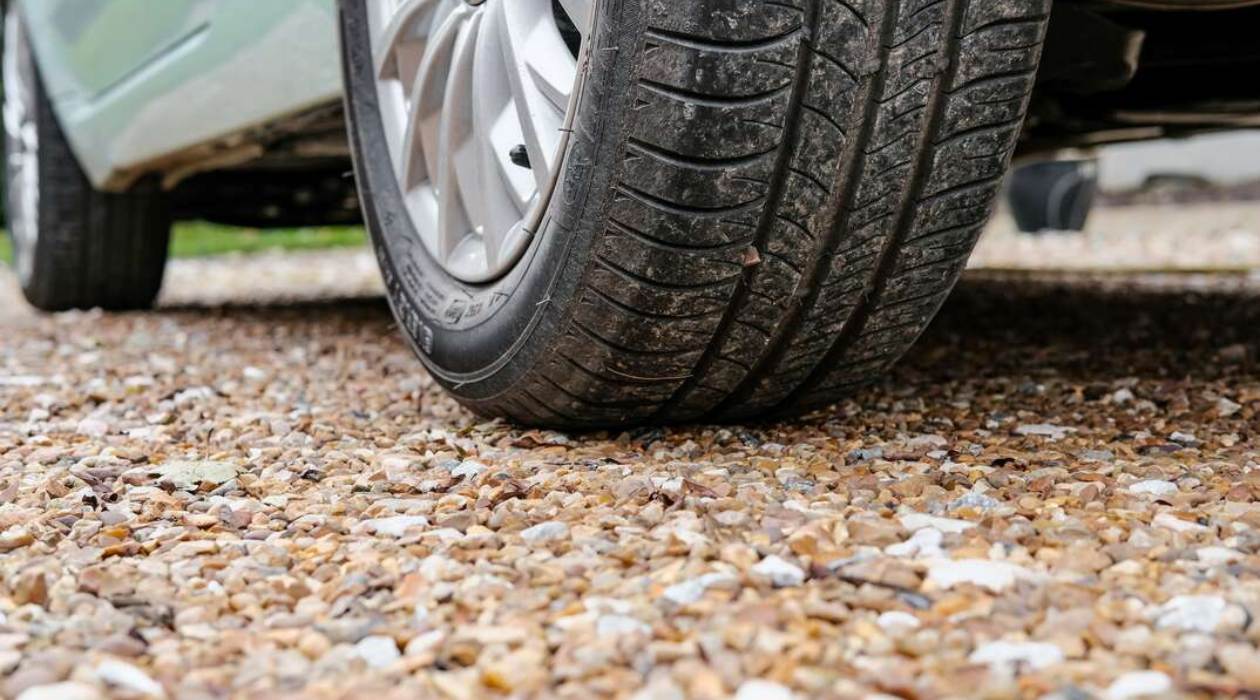
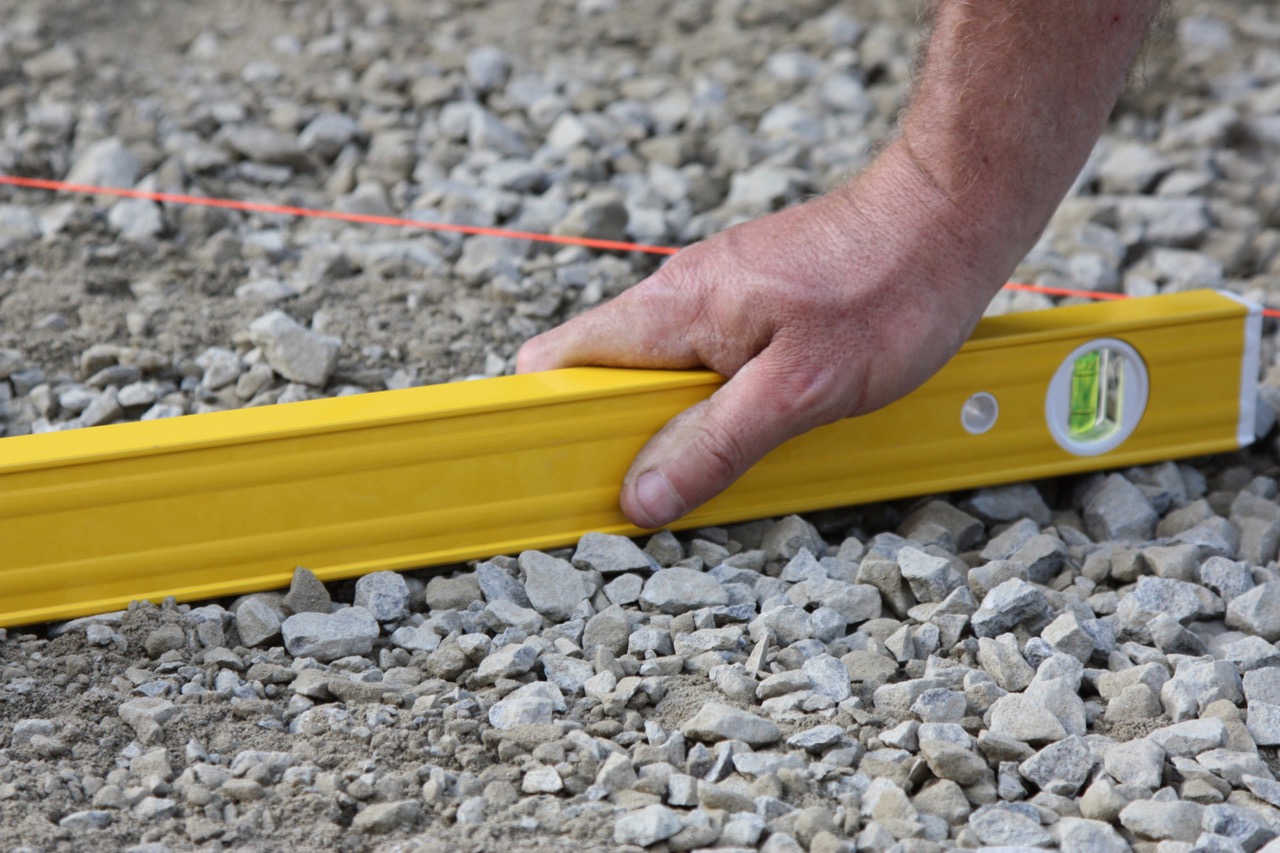
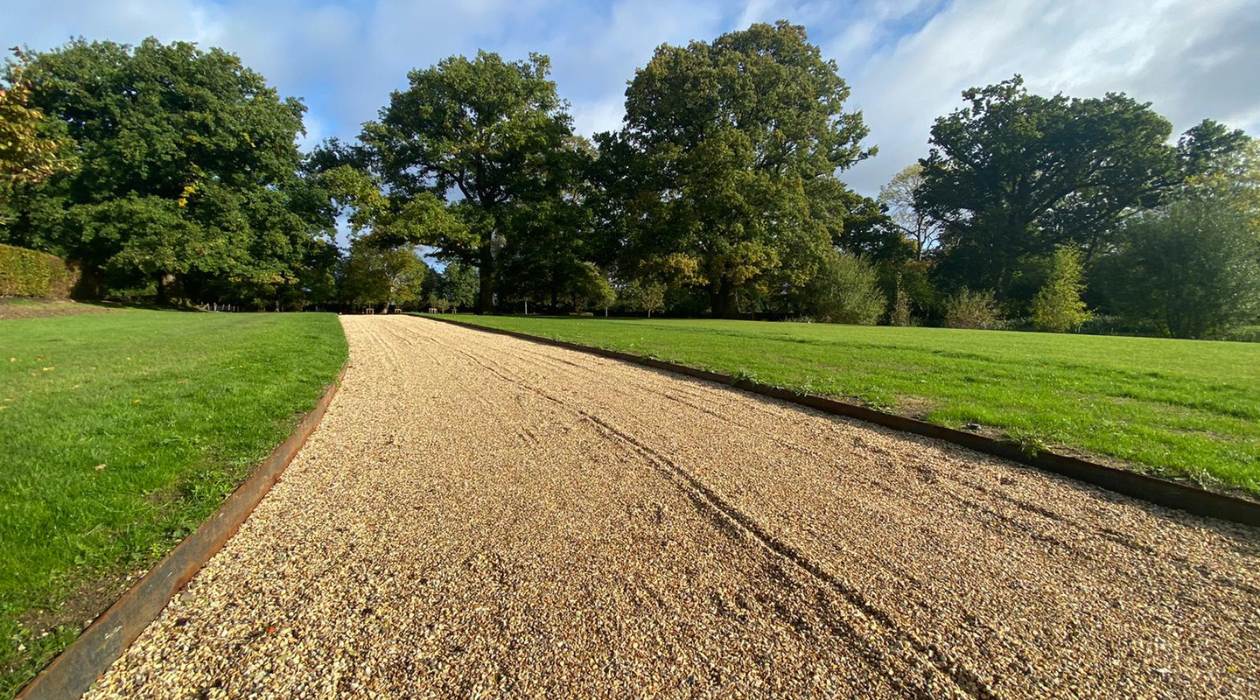
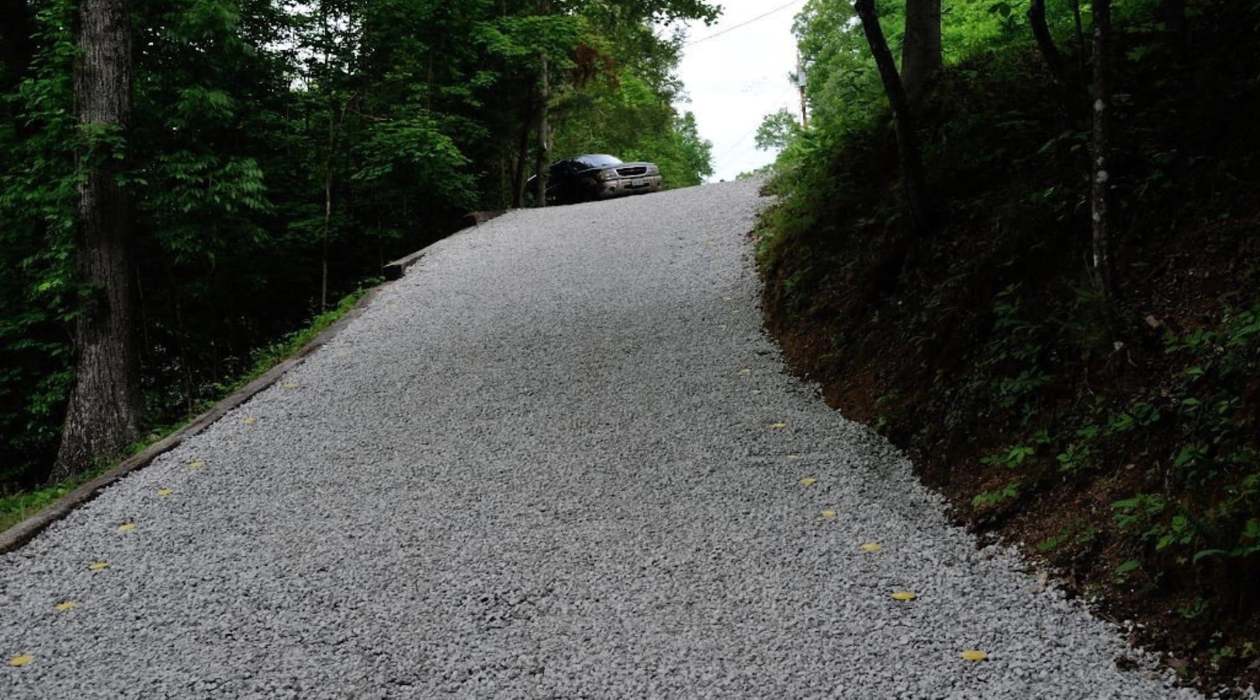
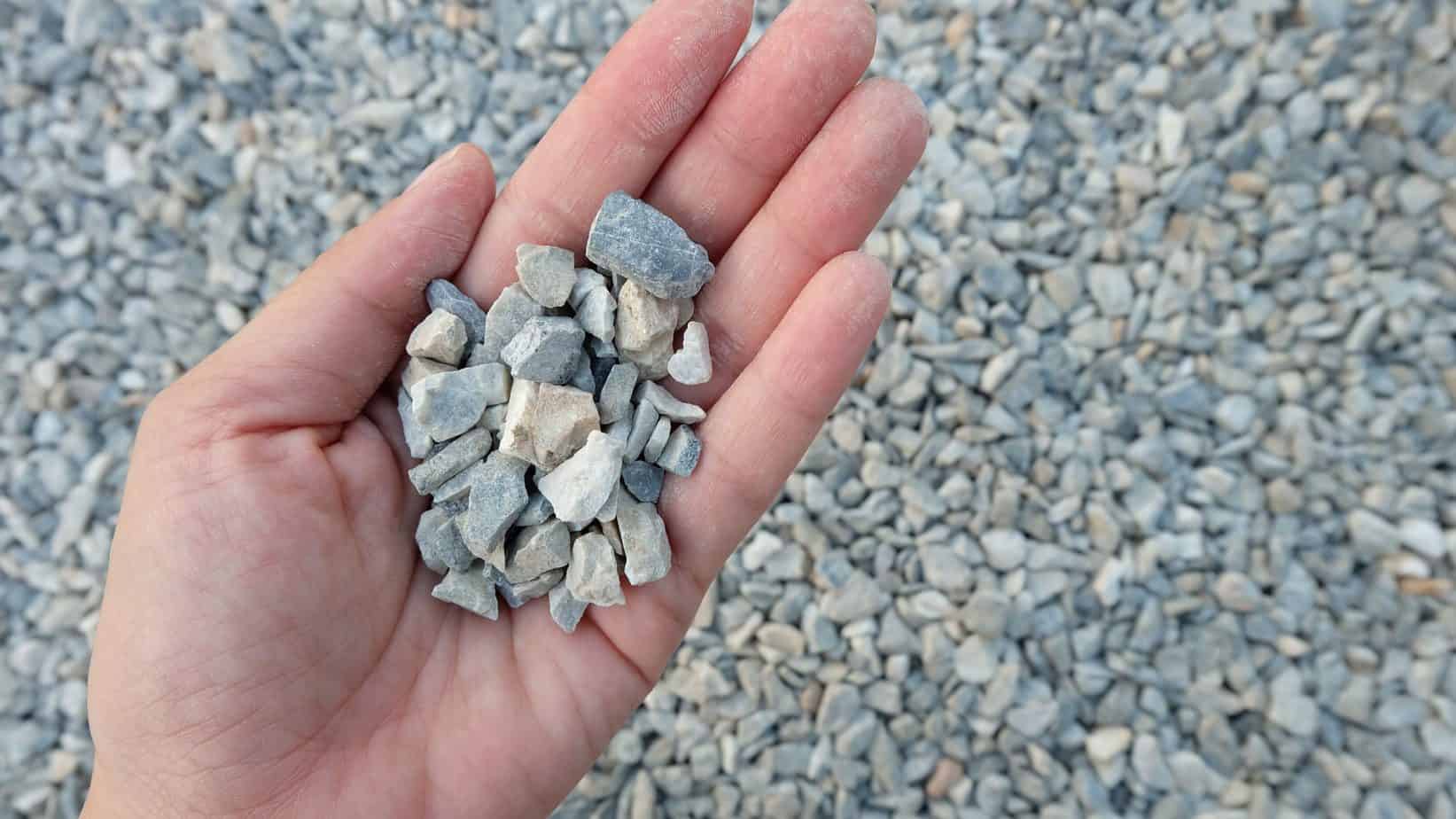
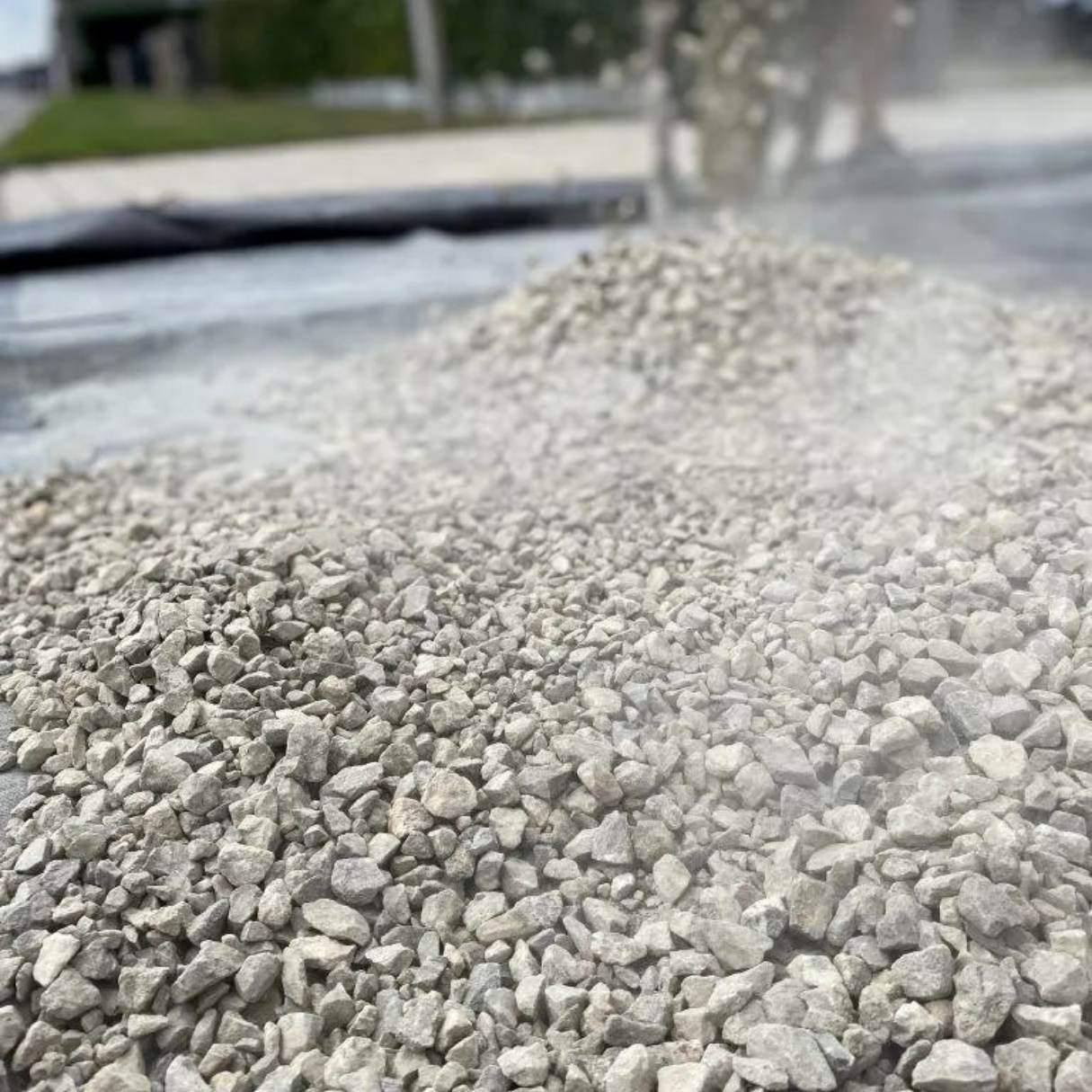

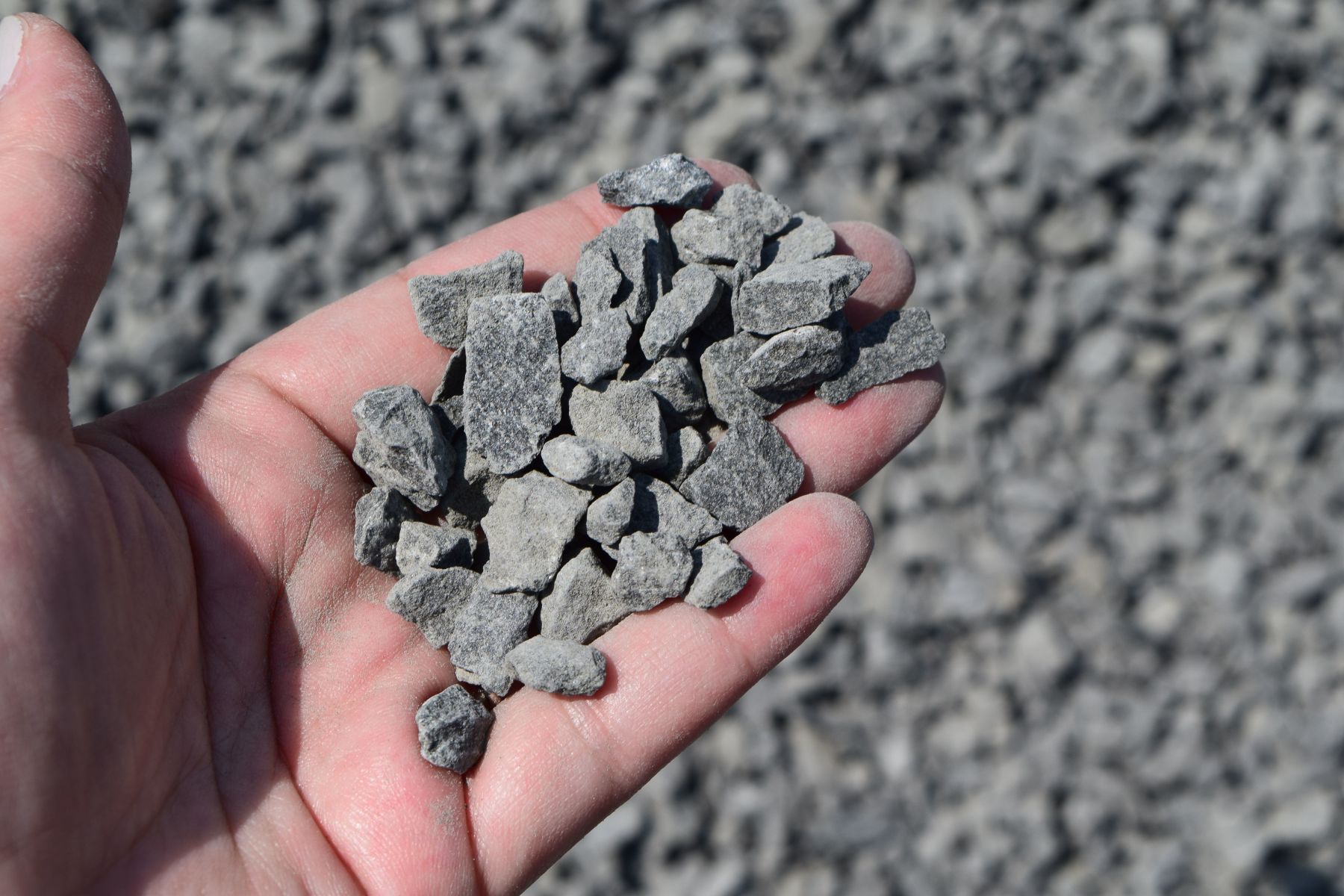

0 thoughts on “How To Use A Box Blade On A Gravel Driveway”